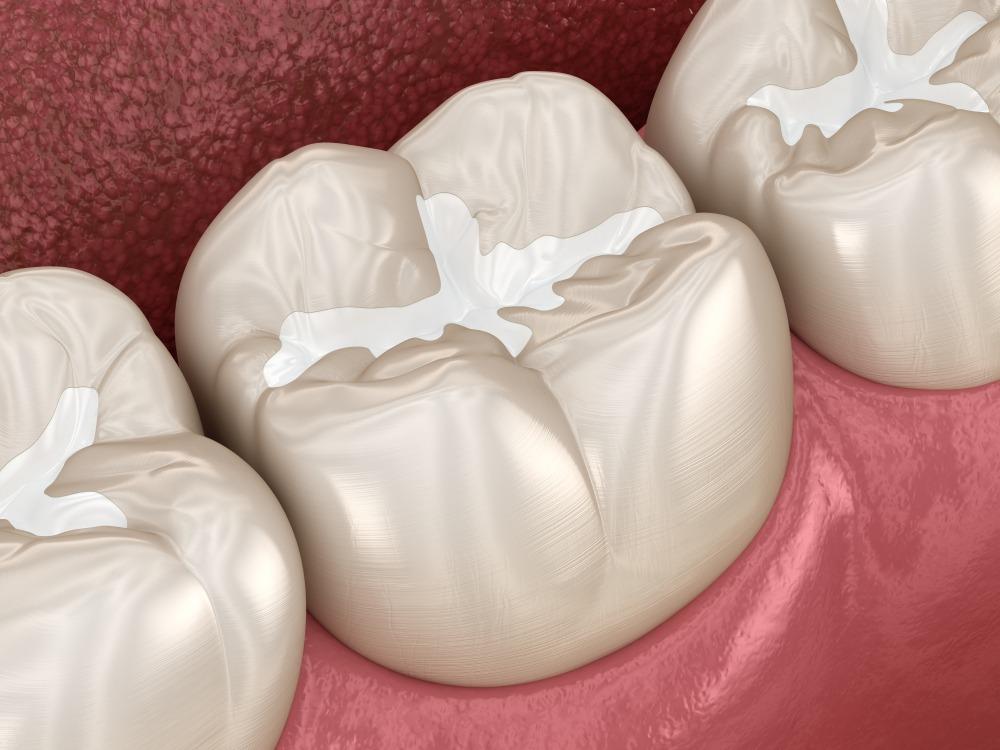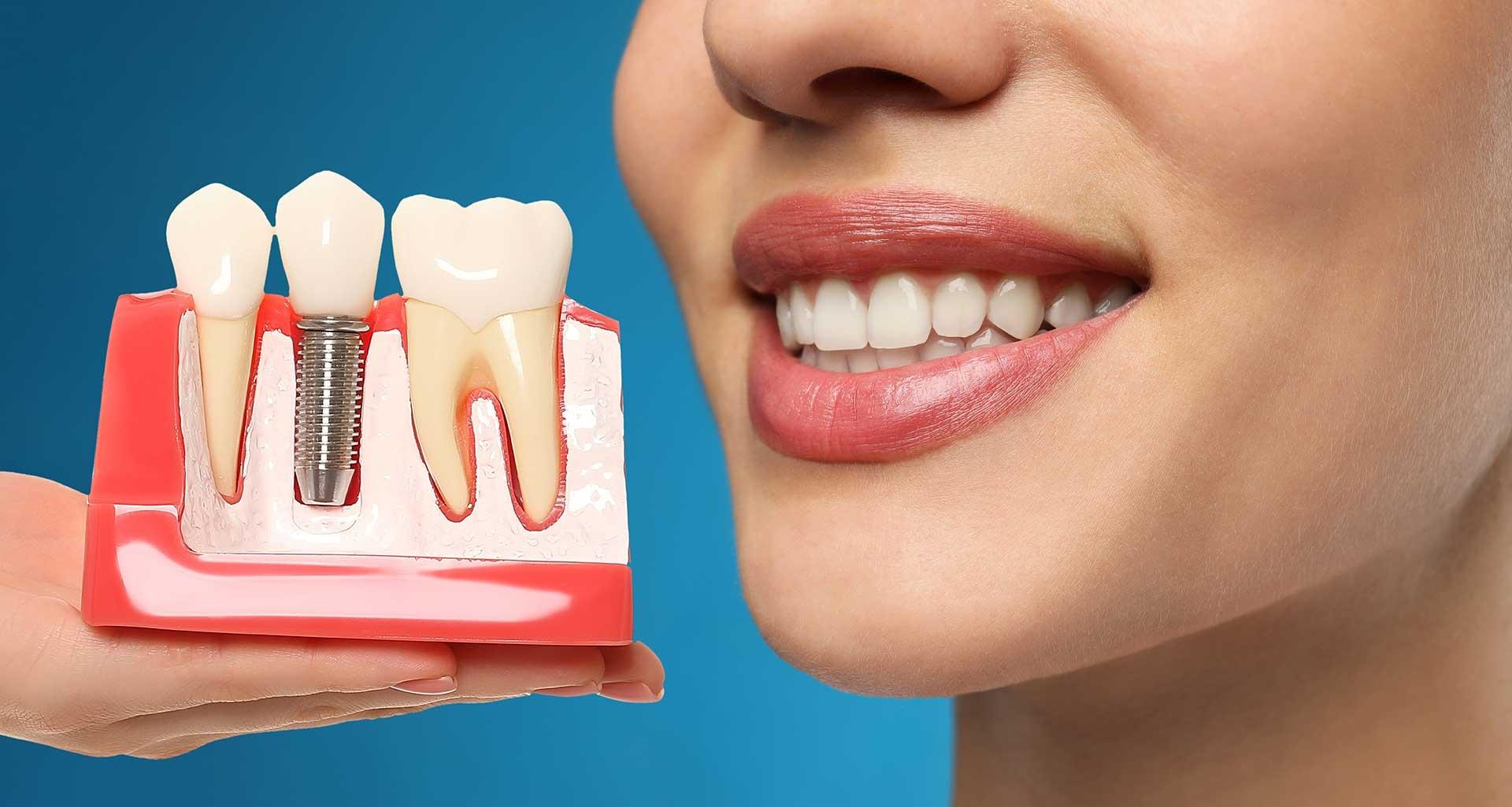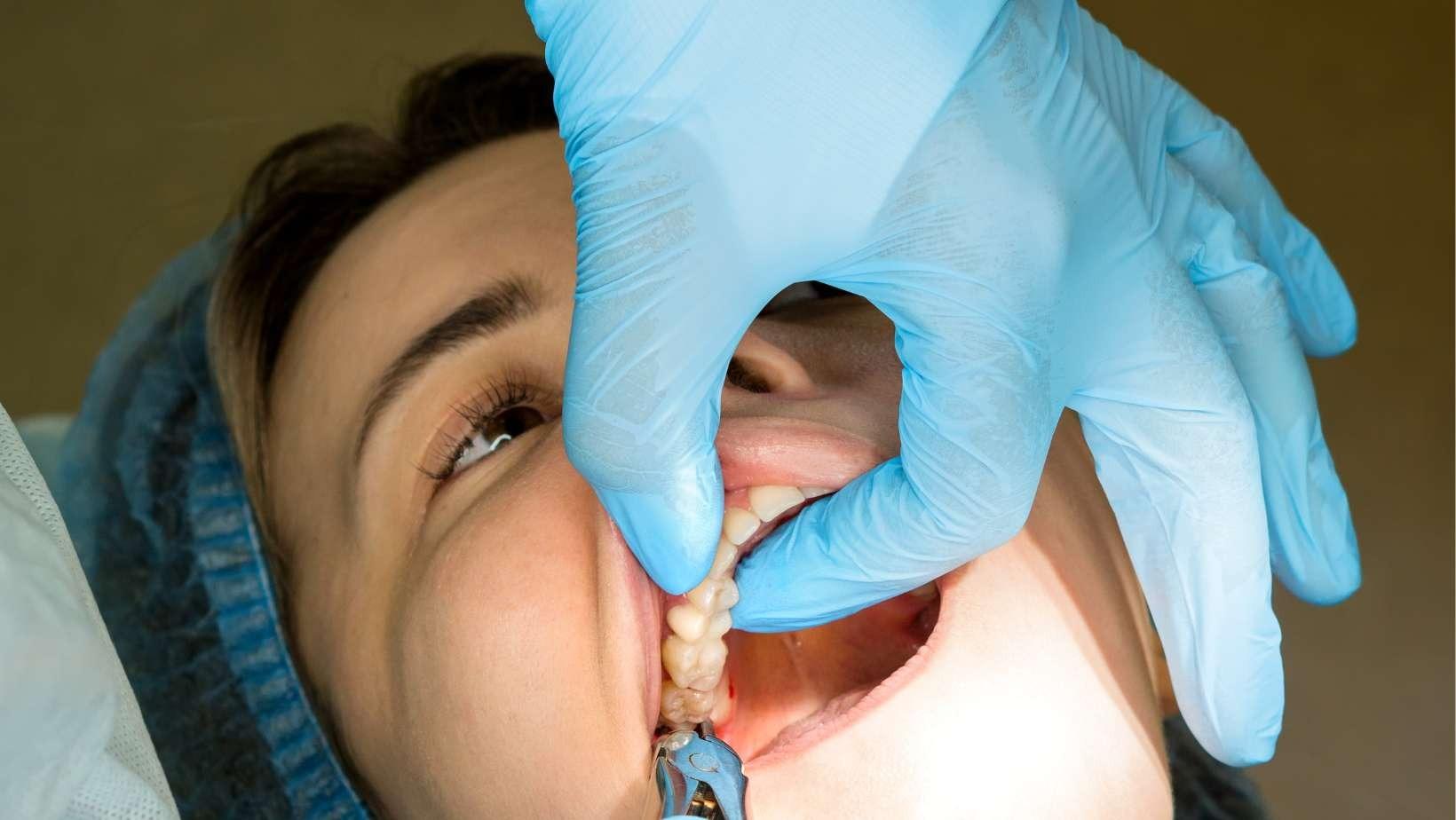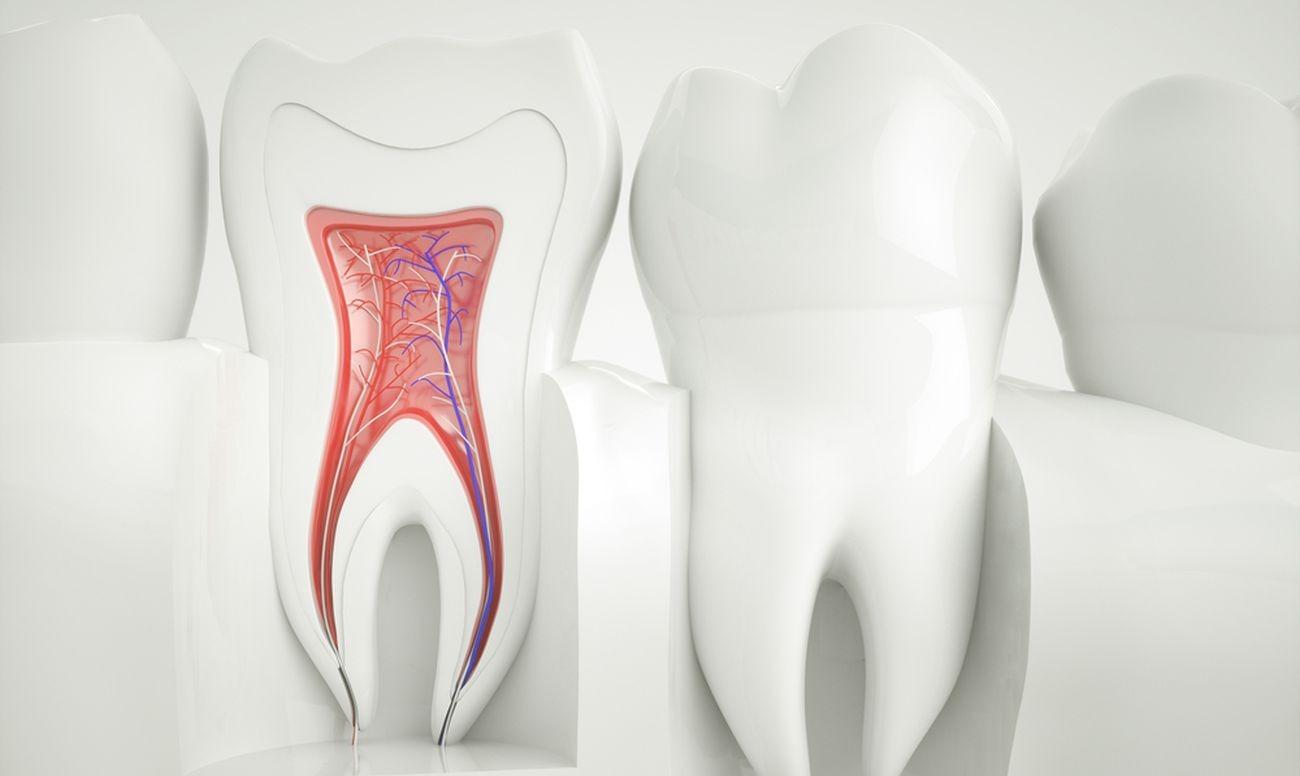Even with consistent brushing and flossing, cavities can still develop particularly in the deep grooves of the back teeth. These hard-to-reach areas are prone to collecting food particles and bacteria that lead to tooth decay.
Dental sealants offer an effective way to prevent cavities by sealing off those grooves and creating a protective layer over the enamel. In this article, we’ll explore what dental sealants are, how they work, who can benefit from them, and why they’re useful for both children and adults.
What Are Dental Sealants? The Protective Shield for Teeth
Dental sealants are thin, protective coatings applied to the chewing surfaces of molars and premolars. These back teeth naturally have deep pits and grooves that make them vulnerable to plaque buildup. Sealants are usually made of resin or glass ionomer materials that bond tightly to the enamel.
Once applied, they create a smooth, protective surface that keeps food particles and bacteria from getting trapped. This makes the teeth easier to clean and dramatically reduces the risk of developing cavities.
How Do Dental Sealants Work? The Step-by-Step Process Explained
The process of applying dental sealants is quick, painless, and completely non-invasive.
Cleaning the Teeth
The dentist starts by thoroughly cleaning the tooth surface to remove any plaque or debris that could interfere with the sealant.
Preparing the Tooth Surface
An acidic gel is applied to the enamel for a few seconds. This gel roughens the surface slightly, allowing the sealant to adhere more effectively.
Applying the Sealant
After rinsing and drying the tooth, the dentist paints the sealant material onto the chewing surface.
Hardening the Sealant
A special curing light is used to harden the sealant within seconds, forming a durable, smooth layer that acts as a barrier against bacteria and acids. Once complete, the sealant is invisible and feels completely natural when chewing.
Who Should Get Dental Sealants? Protecting Young Teeth Early
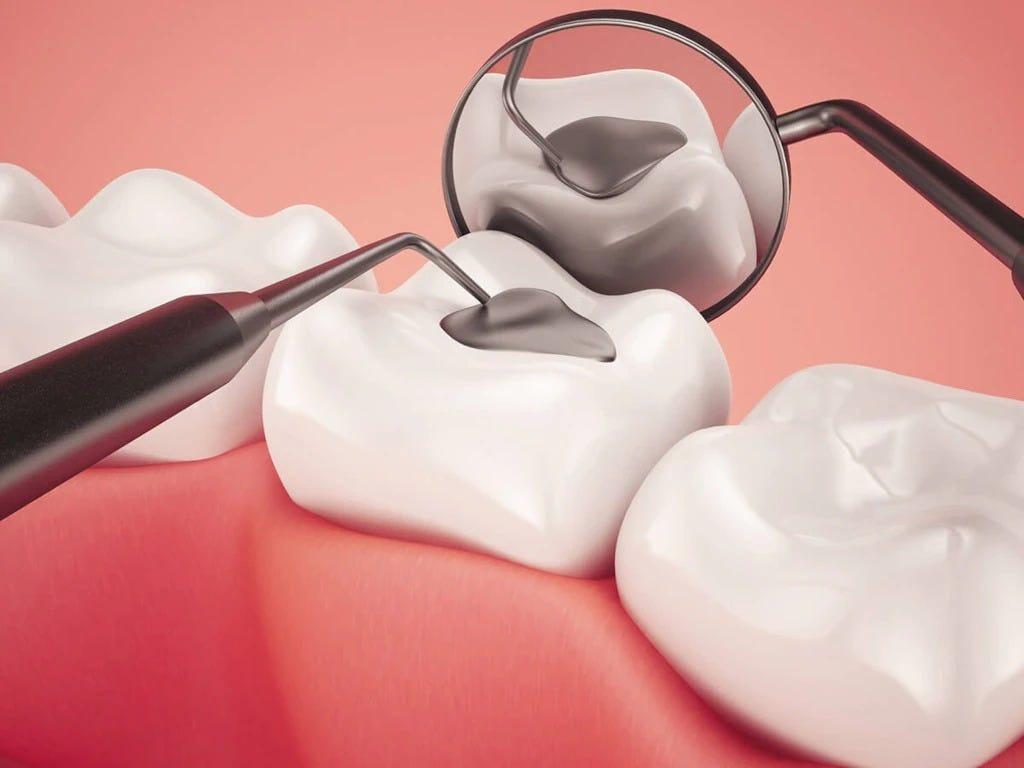
Sealants are most commonly recommended for children and teenagers because their newly erupted permanent molars are particularly prone to decay. The ideal time to apply sealants is between the ages of six and fourteen right after the first and second molars appear.
Children who have deep grooves in their molars or a history of cavities can benefit the most. Studies show that sealants can reduce the risk of tooth decay in molars by up to 80%, making them one of the most effective preventive treatments in modern dentistry.
Can Adults Get Dental Sealants? The Benefits Beyond Childhood
While sealants are most often associated with children, adults can also benefit from them. Adults with deep grooves, pits, or areas of enamel wear can receive sealants on teeth that do not yet have decay or fillings.
For those who are prone to cavities, frequently consume sugary or acidic foods, or have weakened enamel, sealants can help protect teeth for the long term. However, if a tooth already has decay or a filling, a sealant cannot be applied. In such cases, restorative treatment is needed first.
Benefits of Dental Sealants: Why They’re Worth Considering
Effective Cavity Prevention
Sealants form a protective barrier that keeps food particles and bacteria from accumulating in hard-to-reach grooves, dramatically reducing the risk of decay.
Quick and Painless Procedure
Applying sealants requires no drilling or anesthesia. The entire process is fast and comfortable for both children and adults.
Cost-Effective Preventive Care
Compared to the cost of fillings or crowns, sealants are affordable and can prevent costly dental treatments in the future.
Long-Lasting Protection
With proper care, sealants can last five to ten years before needing reapplication.
Safe and Invisible
Modern sealants are either clear or tooth-colored, blending naturally with the enamel. They are also safe, with minimal to no BPA content.
How Long Do Sealants Last and How to Care for Them
The lifespan of dental sealants typically ranges from five to ten years. Their durability depends on oral hygiene habits, chewing patterns, and diet. Regular dental checkups allow your dentist to monitor the condition of your sealants and touch them up if necessary.
To maintain sealants, avoid chewing on very hard foods or using your teeth to open packages. Continue brushing and flossing daily, and visit your dentist every six months to ensure your sealants remain intact and effective.
Are There Any Risks or Side Effects? Addressing Common Concerns
Dental sealants are one of the safest and most effective preventive treatments available in modern dentistry. They are widely used for both children and adults, offering years of cavity protection with virtually no discomfort or side effects. Still, it’s natural to have a few questions or concerns before getting them. Let’s address the most common ones.
Safe and Non-Invasive Application
The application of dental sealants is completely painless. There is no need for anesthesia, drilling, or any alteration of the natural tooth structure. The dentist simply cleans and dries the tooth, applies a bonding gel, and then paints the sealant onto the surface. A special curing light hardens the material within seconds, forming a smooth and protective coating. Most patients don’t even feel a difference once the process is complete.
Minimal Side Effects and Easy Fixes
In rare cases, a sealant may chip, wear down, or partially detach over time due to regular chewing or grinding. Fortunately, this issue is minor your dentist can easily repair or reapply the sealant during a routine dental visit. Regular checkups ensure that any wear or damage is noticed early, keeping the protection strong and consistent.
It’s also possible for some people to feel slight roughness on the sealed tooth surface immediately after application, but this sensation disappears quickly once the patient gets used to it.
Addressing BPA Concerns
A common question among patients is whether dental sealants contain BPA (Bisphenol A) a chemical found in certain plastics. While trace amounts of BPA can be detected in some sealant materials, the levels are extremely low far below any threshold considered harmful by scientific and health organizations, including the American Dental Association (ADA) and the U.S. Food and Drug Administration (FDA).
Moreover, many modern dental sealants are completely BPA-free, providing peace of mind for patients seeking the safest options possible. If you’re concerned, you can always ask your dentist to use a BPA-free sealant brand.
Allergic Reactions or Sensitivities
Allergic reactions to dental sealants are exceedingly rare. Sealant materials are designed to be biocompatible and safe for the mouth. However, if a patient has a known allergy to specific dental materials or resins, the dentist can recommend an alternative formulation, such as glass ionomer sealants, which are fluoride-releasing and hypoallergenic.
Long-Term Safety and Effectiveness
Numerous clinical studies have confirmed that sealants are safe for long-term use. They not only prevent decay but also help maintain tooth structure, especially in children whose enamel is still developing. Regular monitoring by your dentist ensures that sealants continue to perform effectively for many years.
How Much Do Dental Sealants Cost? Prevention That Saves Money

Dental sealants are not only a highly effective preventive measure but also a remarkably affordable one. The average cost typically ranges from $30 to $60 per tooth, though prices can vary based on factors like the dental clinic, the material used, and the region where you live. When compared to the expense of treating cavities which can cost several hundred dollars for fillings or even more for crowns and root canals sealants are a smart, long-term investment in your oral health.
A Small Cost with Big Savings
The real value of dental sealants lies in prevention. A single cavity can lead to recurring dental treatments over time, including fillings, replacements, and even more complex restorations. By preventing decay before it starts, sealants help you avoid these costs altogether. For families, applying sealants to a child’s newly erupted molars can prevent multiple cavities, reducing dental bills for years to come.
Insurance Coverage and Affordability
Most dental insurance plans recognize the importance of preventive care and fully or partially cover the cost of sealants for children and teenagers, typically between ages 6 and 14. Some plans also extend coverage to adults under preventive care benefits. If you’re unsure about your coverage, your dentist’s office can check with your insurance provider and give you an accurate estimate.
For those without insurance, many dental offices offer discount programs or preventive care packages that make sealants even more affordable. Some community dental clinics also provide sealants at reduced rates or as part of public health programs for children.
An Investment in Long-Term Oral Health
When you compare the small, one-time cost of dental sealants to the potential expense of future dental work, the savings become clear. Sealants can last up to 10 years, meaning that a few minutes in the dentist’s chair today can save hundreds even thousands in dental treatment costs later.
Choosing sealants is about more than just saving money; it’s about preserving your natural teeth and avoiding the discomfort, inconvenience, and time associated with restorative dental procedures.
When Should You Ask Your Dentist About Sealants?
If you or your child have deep grooves on the molars, frequent cavities, or recently erupted permanent teeth, it’s a good idea to ask your dentist about sealants during your next appointment.
For children, sealants should ideally be applied soon after the permanent molars come in. For adults, sealants are an excellent preventive step if you have healthy molars without fillings or decay. A quick evaluation by your dentist can determine whether sealants are right for you.
Conclusion:
Dental sealants are one of the most reliable and cost-effective preventive tools in dentistry. They form a thin, invisible shield over the chewing surfaces of your molars, where most cavities begin. This barrier helps keep food particles and bacteria out of hard-to-clean grooves, dramatically reducing the risk of decay. What makes dental sealants especially valuable is their simplicity and long-term benefit. The application process is quick, painless, and doesn’t require drilling or anesthesia making it suitable for both children and adults. Once applied, sealants can last for several years, offering ongoing protection even in areas where brushing and flossing might miss.
For children, sealants can safeguard newly erupted molars during the most cavity-prone years. For adults, they serve as an excellent reinforcement for natural enamel, especially for those who experience frequent cavities or have deep grooves in their teeth. Sealants also provide financial benefits preventing cavities means avoiding the cost and discomfort of fillings, crowns, or root canals later on. They represent a proactive approach to dental care, helping patients maintain strong, healthy teeth well into the future.

